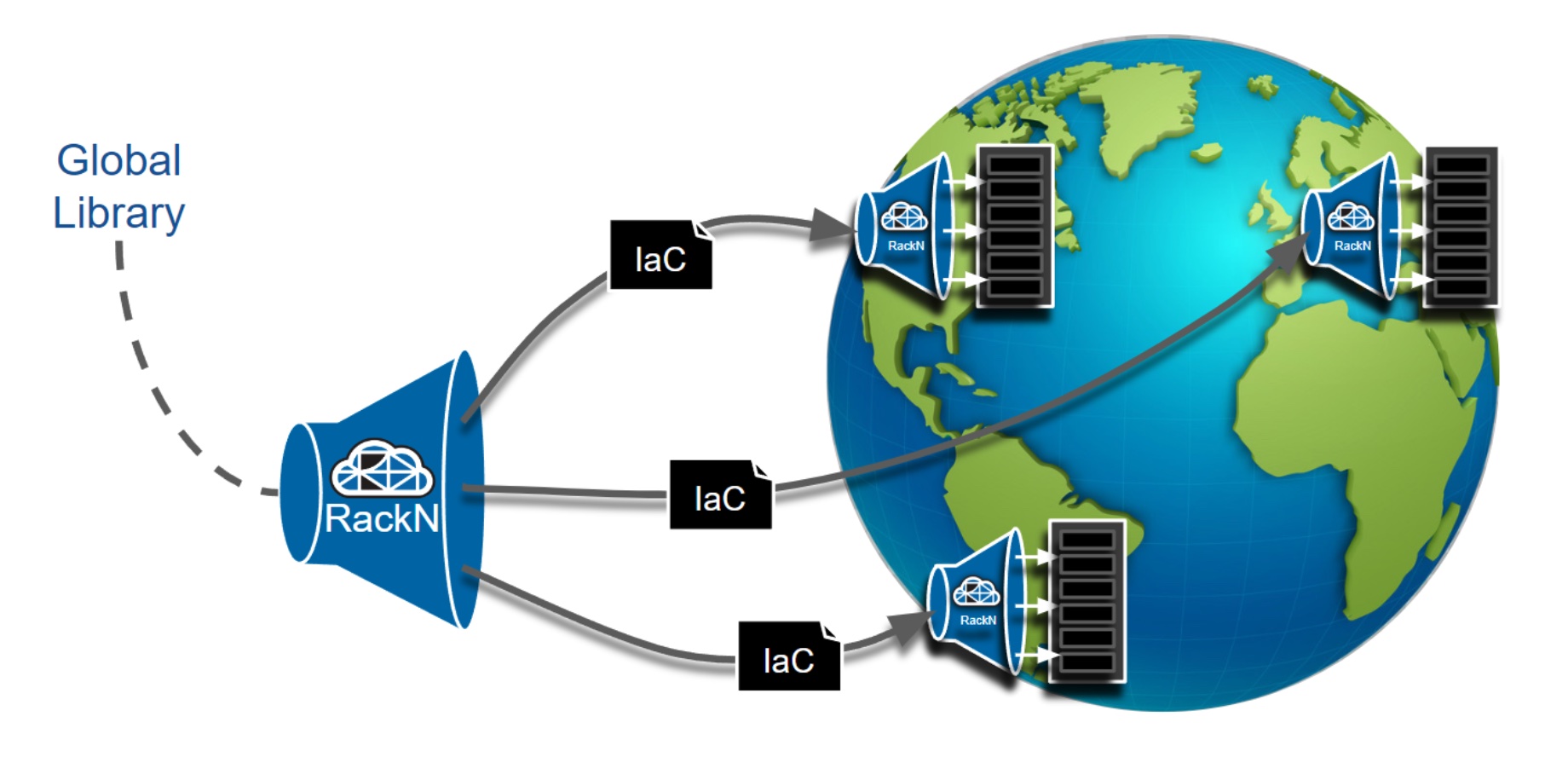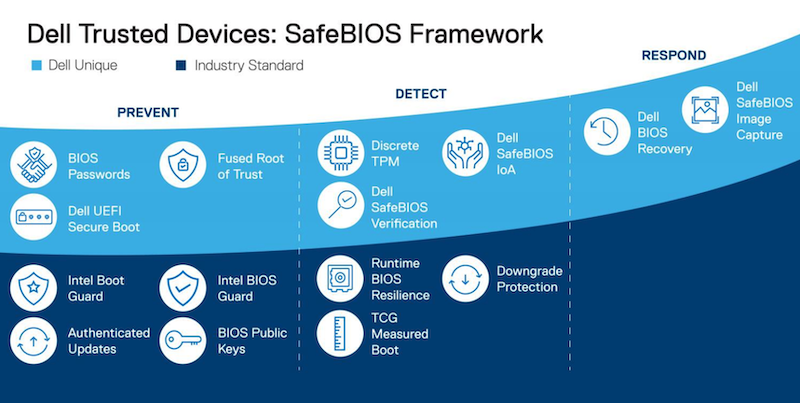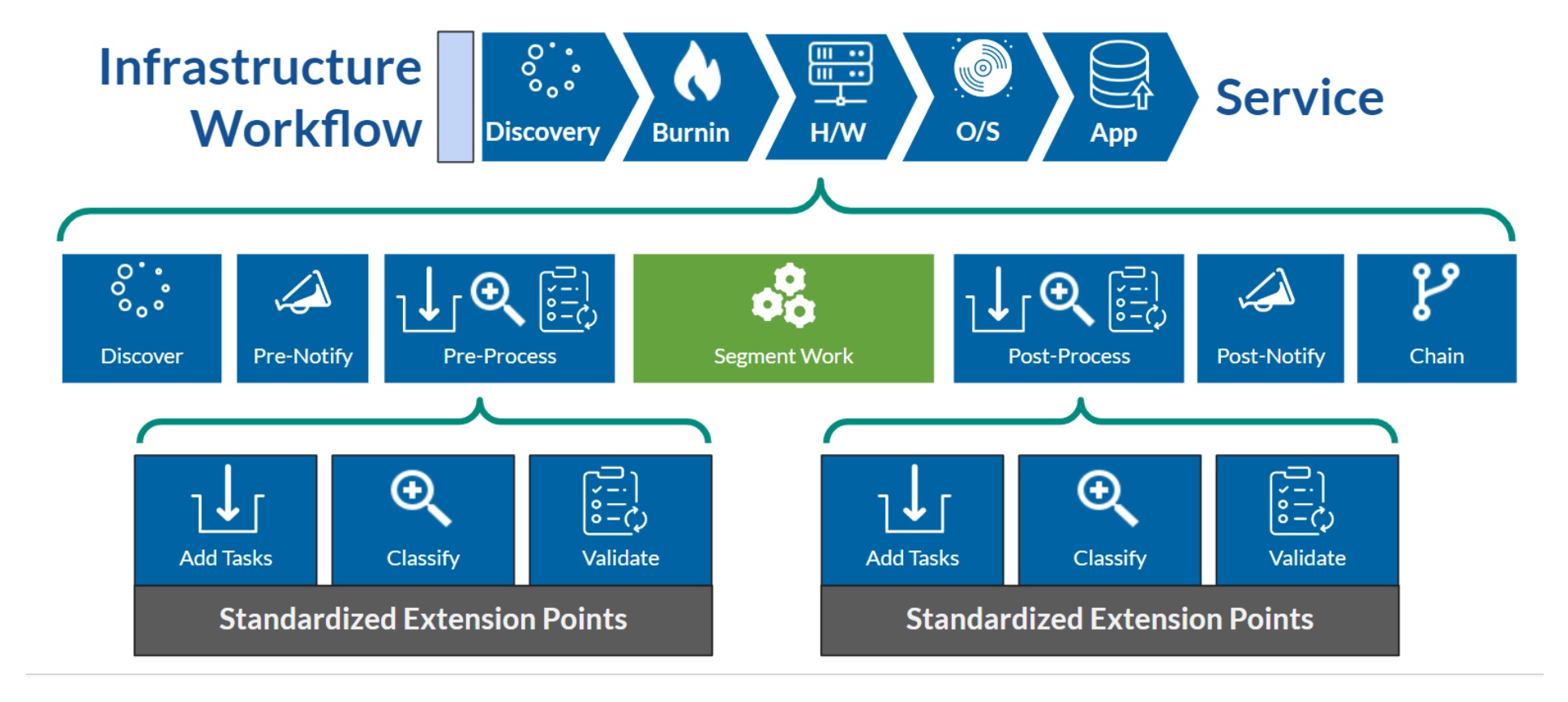In this series we are exploring how the changing demands placed upon our technology stack is forcing us to rethink how infrastructure is designed and delivered. Having recently spoken with Cumulus Networks about their “Infrastructure with Purpose” strategy, I wanted to explore further how this new approach to networking is core to our ability to deliver modern web scale IT to our enterprise.
In part one, we attempted to apply some context to this approach. Here we are going to look more specifically at the component parts needed to build your software defined network.
Your SDN Stack
Network Operating System (NOS)
At the core of our software defined stack is an operating system. It’s the networking intelligence that has been extracted from a hardware platform and made available to us so that we can have real deployment flexibility, allowing for that NOS to be deployed on any compatible hardware. Intelligence in our NOS is of course important, however, there is also significant benefit in ensuring our NOS is built around open standards.
Open networking standards are crucial as a familiar and standardized set of tools means wider integration, the ability to reduce operational cost, the flexibility to install on multiple hardware platforms and the ability to help reduce both deployment and troubleshooting times. This adoption of open standards also means our chosen NOS can seamlessly integrate with many of the tools for automation and management that already exist in our ecosystem so we can more rapidly adopt, understand and optimize our NOS.
Gaining Insight
If we are going to deploy our “infrastructure with purpose,” then it’s crucial it remains optimized to meet that purpose. To do this, our solution stack must present useful, meaningful and actionable insights. This was one of the most compelling parts of my conversation with Cumulus. Their NetQ interface provides the capability to understand what is happening, what is needed, and to quickly and efficiently turn insights into actions to optimize and scale our network.

Cumulus NetQ GUI
While having visibility into our infrastructure shouldn’t be the preserve of software defined environments, I do believe it is more crucial. The driver behind software defined infrastructure is the ability to quickly deploy at scale and respond to new and changing demands. Without actionable insight, this is impossible.
However, I believe insight needs to go beyond this; it must go beyond just alerting. Cumulus shared some interesting examples of the importance of being able to validate across an entire fabric, with both proactive alerts and preventative workflows, thus ensuring we can manage a consistent, robust and scalable network.
Hardware ecosystem
While the focus of these posts is primarily software, ultimately our network operating system needs to run somewhere. The power of the software defined model is that flexibility is not restricted or defined by a hardware platform. As long as our hardware is capable of running our software, we are not restricted to one specific platform. We can build our environment around multiple different platforms, maintaining consistency while still providing the flexibility to deploy the hardware right for our requirement, environment and budget.
The software defined technology stack provides us with an incredibly powerful and flexible capability to deploy networks in a way that can meet the demands of modern web scale infrastructure, which frankly, without an approach like this, would be almost impossible.
Getting your software defined stack right is important, so to conclude this part of the series I’d like to provide some areas I believe you should consider when planning for a software defined network environment:
- Be Open: One of the things that has really struck me about what Cumulus shared was the importance of open standards. Not only does this allow you to adopt a technology you already are familiar with, but you already have an ecosystem of partners and tools that can support this new approach.
- Have Insight: As we increasingly demand agile and software defined infrastructures that can react to change, we need to ensure we know what our network is doing. Not only that, we need to be able to have it give us a way to quickly take action when changes are needed.
- Automate and Orchestrate: We need to ensure that the components of our stack allow us to fully orchestrate and automate our infrastructure. Integrating it into our wider tool ecosystem will also be hugely valuable.
When looking to build infrastructure at web scale, regardless of your chosen technology platform, the elements discussed here should be on your checklist for building a software defined network. Cumulus certainly seems to deliver well in these areas and are worthy of consideration.
In the final part of this series we will explore further how you can build, test and deliver a successful infrastructure with purpose project.




